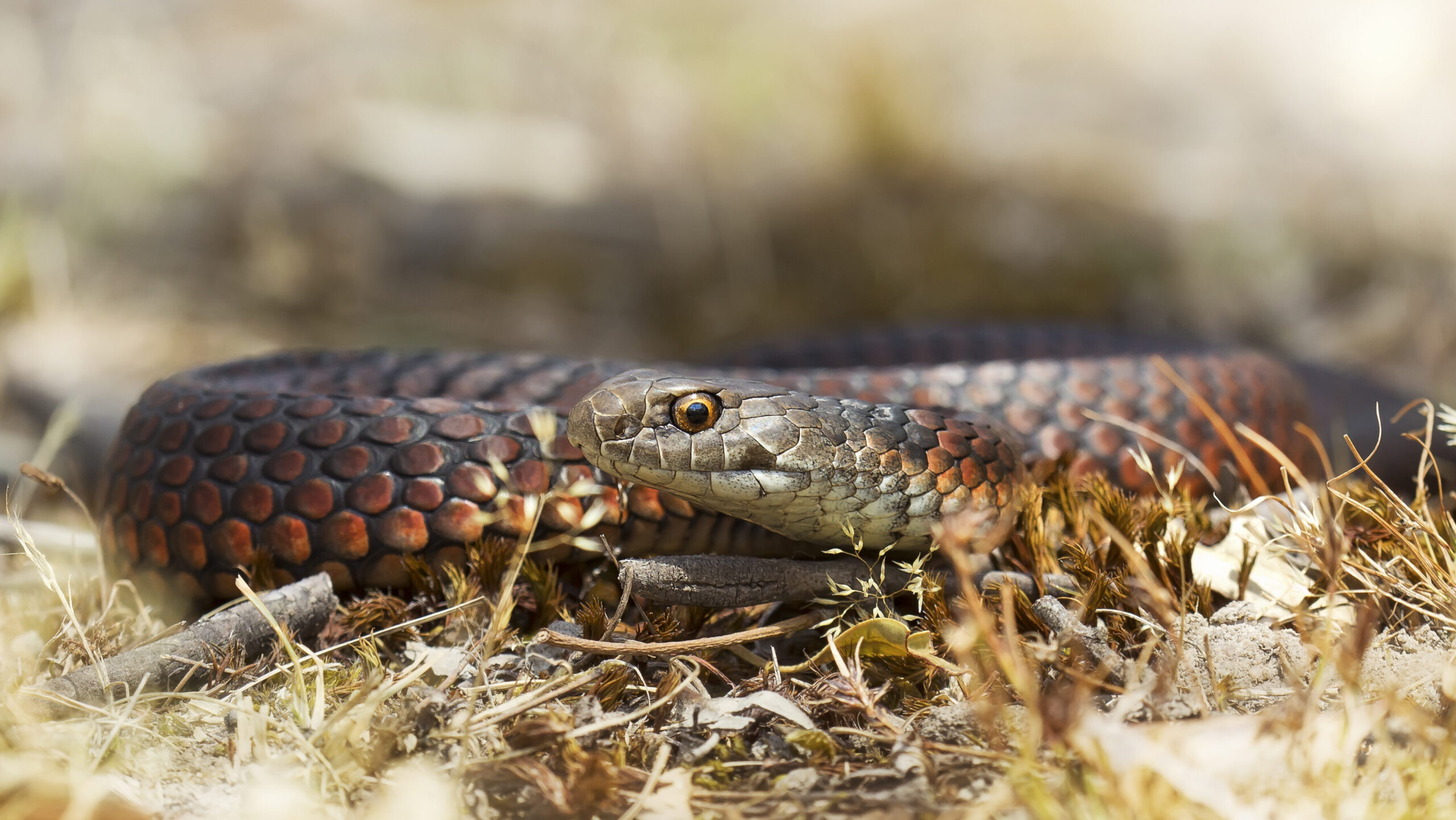Introduction
Tiger snakes (Notechis scutatus) are among the most interesting yet feared reptiles found in Australia. With their striking appearance and powerful venom, these snakes stimulate a mixture of wonder and care. Observing tiger serpents in their natural surroundings can be a thrilling experience for nature enthusiasts, wild animals professional photographers, and scientists alike. Nonetheless, it's crucial to approach this endeavor with regard for the pet's environment and an understanding of precaution to prevent serpent bites.
In this comprehensive guide, we'll discover exactly how to securely observe tiger snakes in their all-natural habitat. We will cover topics varying from comprehending their habits and habitats to first aid for snake bites-- furnishing you with understanding to improve your experience while decreasing dangers.
What is a Tiger Snake?
Tiger snakes are very venomous serpents belonging to Australia, specifically Tasmania and coastal areas. They are known for their unique banded pigmentation appearing like a tiger's stripes, which can range from yellowish-brown to dark brown or perhaps black.
Physical Characteristics
Tiger serpents are medium to large-sized serpents that can mature to 2 meters long. Their bodies are durable, and they have a broad head that is clearly larger than their necks.

Habitat Preferences of Tiger Snakes
These reptiles commonly live in marshes, tidewaters, and seaside areas however can additionally be located near freshwater resources like rivers and lakes. Comprehending where these snakes live is vital for anyone looking to observe them safely.
Understanding Tiger Serpent Behavior
Are Tiger Snakes Venomous?
Yes, tiger serpents are among one of the most poisonous snake varieties globally. Their poison contains neurotoxins that can lead to major clinical difficulties if bitten.
Behavioral Traits
Tiger serpents are typically timid creatures; they choose to prevent human interaction. However, they can become aggressive if threatened or collared.
Where Can You Find Tiger Snakes?
Tiger Snake Habitat Exploration
To securely observe tiger serpents in their all-natural habitat, it's crucial initially to identify where they thrive. They tend to prefer:
- Coastal marshlands Mangroves Swamps Riverbanks
Best Locations for Observation
Some recommended areas consist of:

- Tasmanian wetlands The coasts of southerly Australia National parks with water bodies
Safety Preventative measures Before Observing Tiger Snakes
Understanding the Threats of a Tiger Snake Bite
Although experiences with tiger serpents can be exhilarating, being aware of the threats included is extremely important:

First Help for Snake Bites: What You Required to Know
Knowing what actions first aid for snake bite with pictures to take if bitten might save your life or another person's:
- Stay calmness; activity increases poison spread. Call for clinical help immediately. Do not apply ice or attempt suctioning.
How to Securely Observe Tiger Snakes in Their Natural Habitat
When you make a decision to observe tiger serpents in the wild:
Dress Appropriately: Wear lengthy trousers and sturdy boots. Use Binoculars: Maintain a secure range while observing these reptiles. Avoid Sudden Movements: Quick motions might alarm them. Stay on Developed Trails: Avoid roaming right into dense underbrush where presence is low.Equipment Needed for Observation
Essential Gear Checklist
- Binoculars First-aid set especially created for serpent bites Field guidebook on Australian reptiles Camera (with zoom ability)
Snake Bite Emergency treatment Set Essentials
A fully equipped emergency treatment kit must consist of:|Thing|Purpose|| -------------------------------|-------------------------------|| Compression bandage|To debilitate the affected area|| Antihistamines|For allergic reactions|| Emergency situation call numbers|Quick gain access to throughout emergency situations|
Interpreting Tiger Serpent Signals
Understanding Australian snake habitats exactly how tiger snakes interact through body language assists viewers evaluate when it's risk-free or harmful:
Common Behaviors
Defensive posture: If curled or raised off the ground. Retreating habits: When they slowly retreat from prospective threats.Dealing With Potential Encounters
Even with safety measures taken, an encounter may still occur during your monitoring journey:
Remain tranquility; worrying just heightens risks. Slowly back away without turning your back on the snake. Make your existence known verbally yet avoid unexpected movements.Frequently Asked Concerns Regarding Tiger Snakes
1. What ought to I do if I see a tiger snake?
Remain calm; observe from a distance without disturbing it.
2. Are infant tiger snakes dangerous?
Yes, juvenile tiger snakes are born poisonous and may position risks comparable to adults despite being smaller.
3. Just how common are tiger snake bites?
While incidents happen each year in Australia, casualties are unusual as a result of timely treatment availability.
4. Can I maintain a tiger serpent as a pet?
Keeping wild tiger snakes as pets is unlawful in numerous regions due to preservation laws.
5. What does a tiger snake bite look like?
Bite marks normally show two puncture wounds together with local swelling and discoloration.
6. Just how effective is antivenom?
Antivenom treatment is highly efficient when carried out prompt after a bite.
Conclusion
Observing tiger serpents in their natural environment uses a thrilling opportunity for wild animals enthusiasts but must be approached with care and respect for both the creature and its environment. By What are the most venomous snakes in Australia equipping yourself with expertise regarding these fascinating reptiles-- including recognizing their behaviors and precaution-- you can appreciate remarkable experiences while significantly decreasing risks associated with encounters.
In recap, always focus on security by preparing effectively prior to embarking on any kind of wildlife observation exploration-- especially when managing a few of nature's most poisonous animals like the tiger snake!